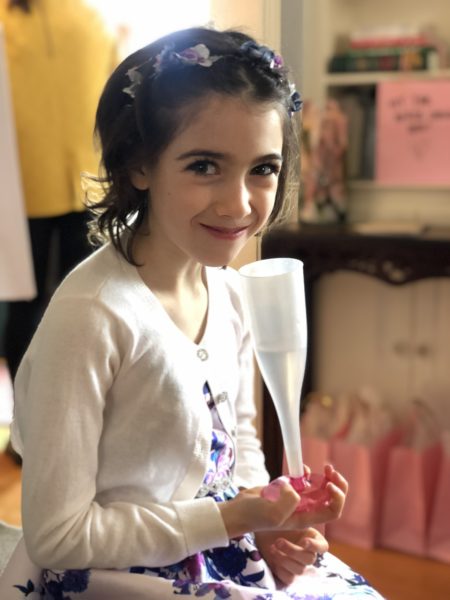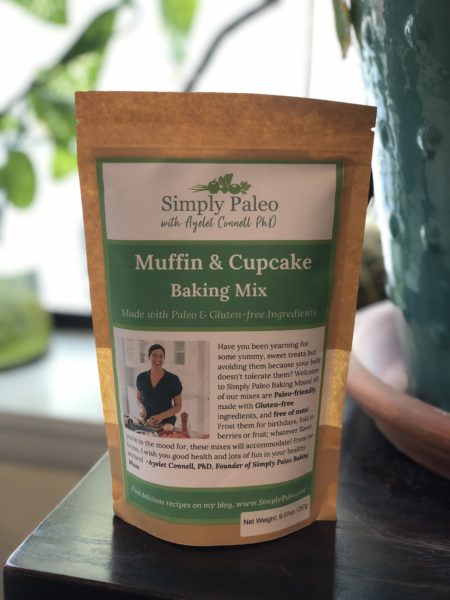
The Spring holidays, specifically Passover and Easter, are a welcome time of year in our household. The weather is turning warmer, bringing with it more opportunities for fresh air and the smell of flowers after a Spring rain. People seem happier. Whereas the winter holidays bring about a lot of hype and gift giving frenzy, the Spring holidays seem gentler… a time to be together with less of the stress that weaves through the New Year.

Growing up Jewish, Passover was always a big event in our home. When we moved from Israel to the United States, similar to other immigrant families, we searched for ways to assimilate and connect with our new community. In Israel, many people such as my family are not religious, but the Passover holiday meal– the seder, if generally a large family event with lots of noise and singing and of course, food– lots and lots of food. In fact, usually it is a multi-hour event!
As my family moved to Connecticut, we joined a synagogue and met other Israeli families. Since all of my extended family was overseas, they became our new extended family. We joined forces and hosted large multi-family seders that were equally loud and gregarious!
My memories of these seders are fond. Nowadays, my husband and I and our children join my mother-in-law and father-in-law for what we call a ‘condensed’ seder. My in-laws are lovely and welcoming and incredibly accommodating to our unique food lifestyle. It is a pleasure to spend time with them and we are so fortunate to have them in our daily lives. What I particularly love about these more recent seders is how current they are to today.

I’ll give you an example. The Passover seder plate displays certain foods that are significant to the retelling of the story of Passover– the exodus from Egypt.
The plate traditionally holds 6 items:
Maror: Bitter herbs (usually horseradish) symbolizing the bitterness and harshness of Hebrew slavery in Egypt.
Charoset: A sweet, brown mixture (usually made from apples and nuts) that represents the clay used by the Hebrew slaves to build the pyramids in Egypt.
Karpas: Vegetable (typically parsley) that represents hope and renewal– this is dipped in salt water and is symbolic of the tears and pain felt by the Hebrew slaves.
Zeroah: Shankbone symbolizing the Passover sacrifice of a lamb that was offered in the temple of Jerusalem.
Beitzah: Hard-boiled egg that symbolizes the festival sacrifice that was offered in the temple in Jerusalem.
Matzah: This unleavened bread is representative of the the story of Passover when the Israelites left in haste and could not wait for their bread to rise.

Today, many households also add an orange to the center of the seder plate. The meaning of the orange on the plate is disputed among different people. There are two widely held symbolic meanings to the orange. One meaning which was brought forth by Susannah Heschel, a Jewish feminist scholar, in the 1980s, is that the orange is representative of inclusion of gays and lesbians and others who are marginalized within the Jewish community. In this reference, the orange is a symbol of solidarity. The second meaning that is currently referenced relates to something a Rabbi once said: “women belong on the bimah (the prayer podium) like an orange belongs on the seder plate”. Both references are so meaningful and fill me with a sense of empowerment as I sit at the seder table surrounded by my loved ones!
However you celebrate, I wish you good health in the coming season and lots of fun in your healthy kitchen!
